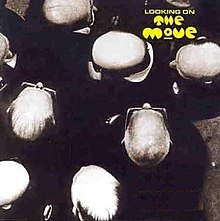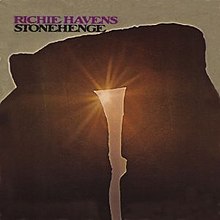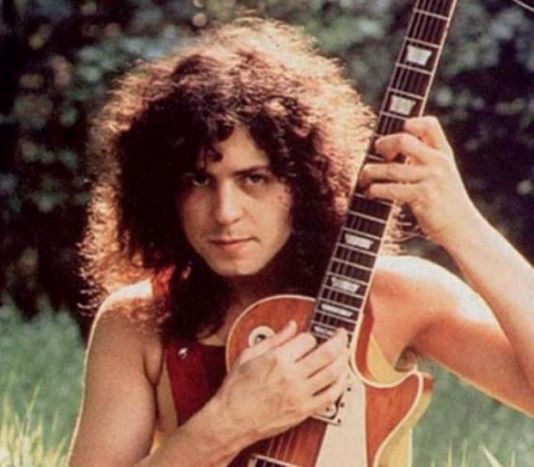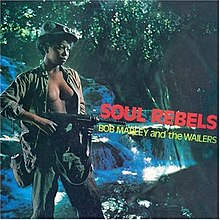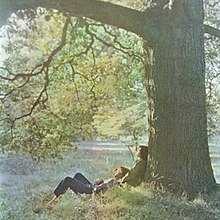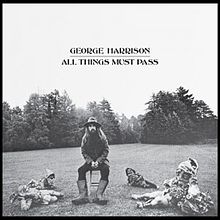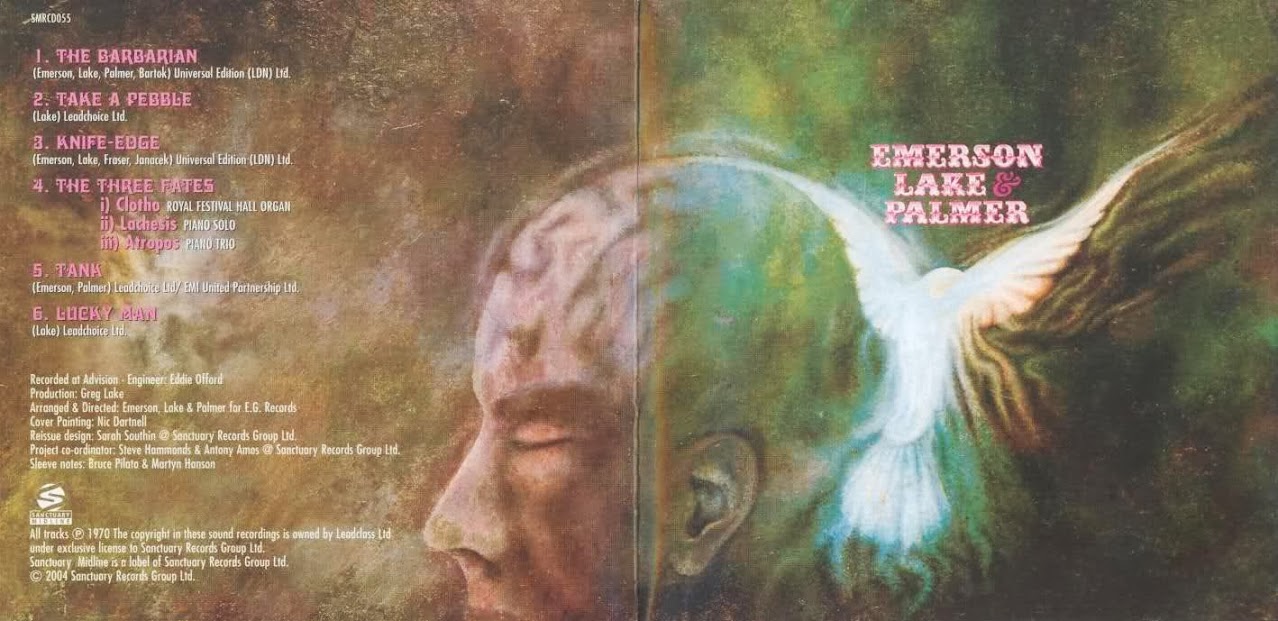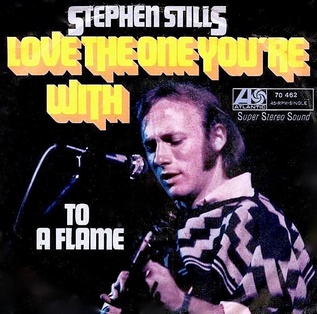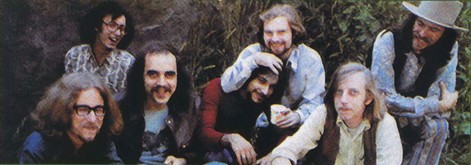Greetings, and welcome back to the end of 1970! This list is not an attempt to claim which albums are the “best” in terms of any number of criteria. My ranking is nothing more than an attempt to share my favorites in loosely accurate order based mostly upon the ones I’ve played and enjoyed the most over the years, and it ain’t an easy exercise. Releases by the Flying Burrito Brothers, James Taylor, The Doors, Rod Stewart, David Bowie, and Jethro Tull did not make my top 30. Also edged out were really good albums by the likes of Syd Barrett, MC5, The Stooges, Band of Gypsies, King Crimson, Free, Clapton, Paul Kantner, Todd Rundgren, and others. I did extend the list by five from the first time I did a year end ranking, but we’ve now entered the most bountiful years of music as far as my favorites go and it’s hard to narrow my list.
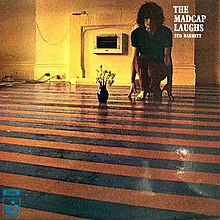



If interested in what I have to say about my top 30 and more, I invite you to look back through my posts from this year. The date I published them is in parentheses. I’ve covered most of them, but a few albums slipped by due to time constraints or just plain laziness. That said, thank you all for coming along for the ride with me. I hope you keep checking in as we move forward-yet-backward into 1971. Happy New Year!
-Stephen
30. Brewer & Shipley – Tarkio (12/30)
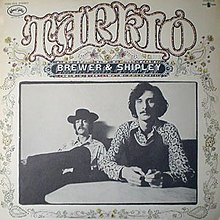
29. The Allman Brothers Band – Idlewild South (9/23)
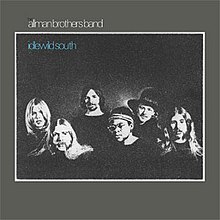
28. Canned Heat – Future Blues (8/3)

27. Stephen Stills – Stephen Stills (11/16)

26. Leon Russell – Leon Russell (5/29)
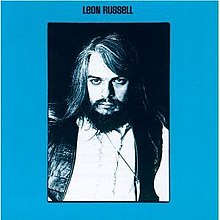
25. Creedence Clearwater Revival – Cosmo’s Factory (7/16)

24. The Grateful Dead – Workingman’s Dead (6/14)
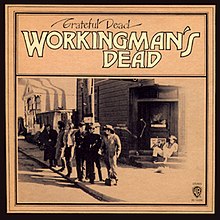
23. Dave Mason – Alone Together (7/11)

22. Delaney & Bonnie & Friends – On Tour with Eric Clapton (6/1)

21. Bob Dylan – New Morning

20. Joni Mitchell – Ladies of the Canyon
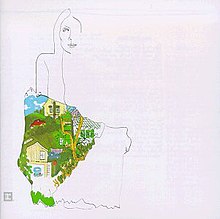
19. The Velvet Underground – Loaded (11/15)

18. The Moody Blues – A Question of Balance (8/7)

17. Led Zeppelin – Led Zeppelin III

16. The Rolling Stones – Get Yer Ya-Ya’s Out! (9/4)

15. Elton John – Elton John (6/6)
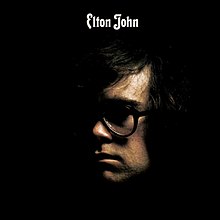
14. Cat Stevens – Tea for the Tillerman (11/23)

13. Paul McCartney – McCartney (6/16)

12. Crosby, Stills, Nash & Young – Déjà Vu (6/1)
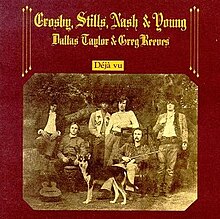
11. Santana – Abraxas (9/23)

10. Van Morrison – Moondance
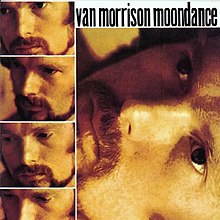
9. Traffic – John Barleycorn Must Die (7/1)

8. The Grateful Dead – American Beauty (11/1)
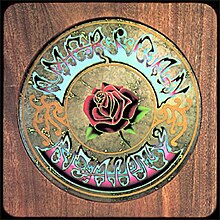
7. Simon and Garfunkel – Bridge Over Troubled Water

6. The Beatles – Let It Be (5/25)
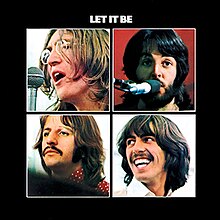
5. Elton John – Tumbleweed Connection (10/23)

4. Derek and the Dominos – Layla and Other Assorted Love Songs (11/9)
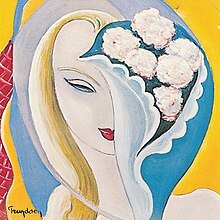
3. John Lennon – Plastic Ono Band (12/11)
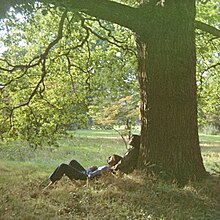
2. Neil Young – After the Gold Rush (9/19)

- George Harrison – All Things Must Pass (11/27)



